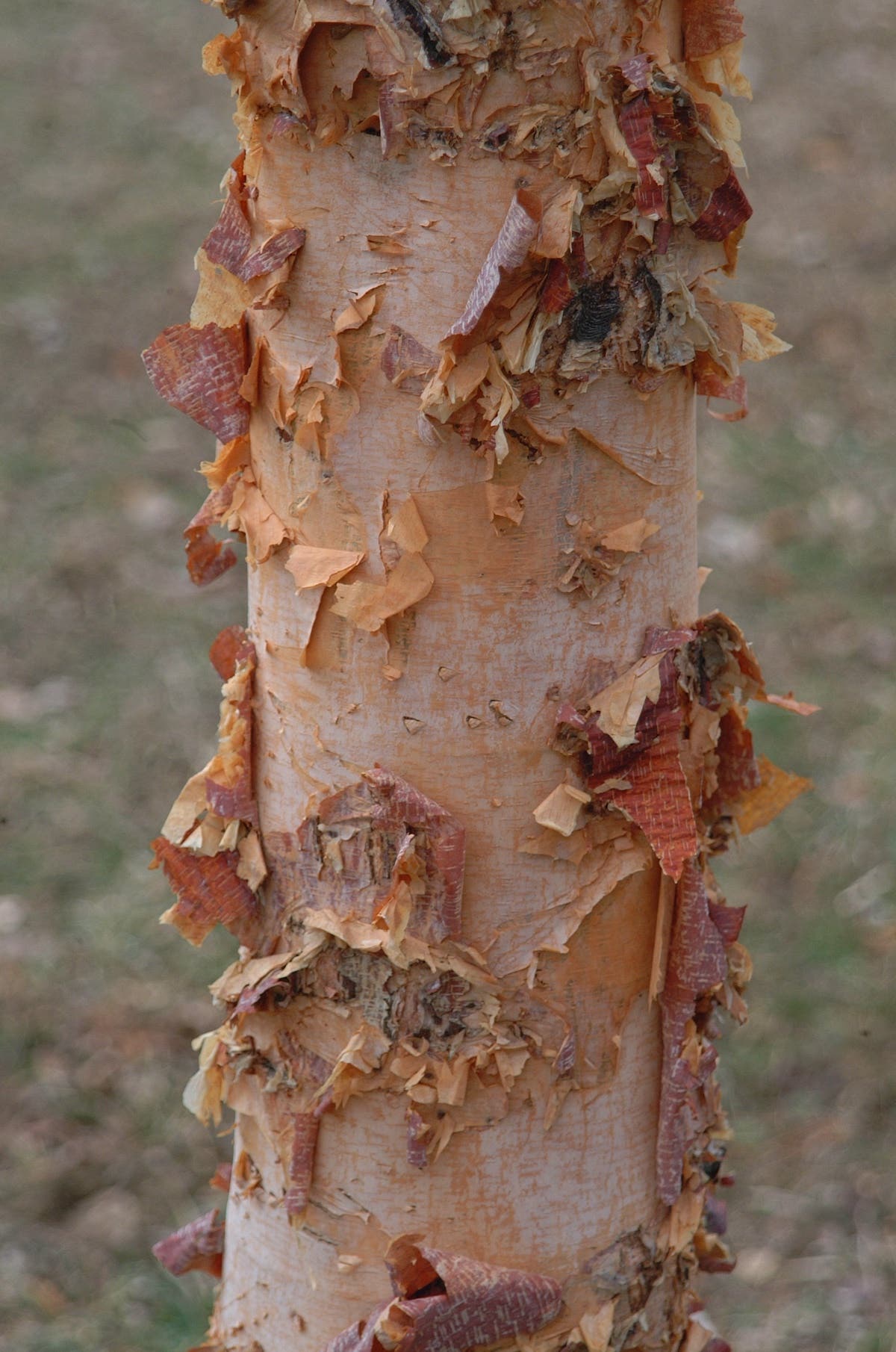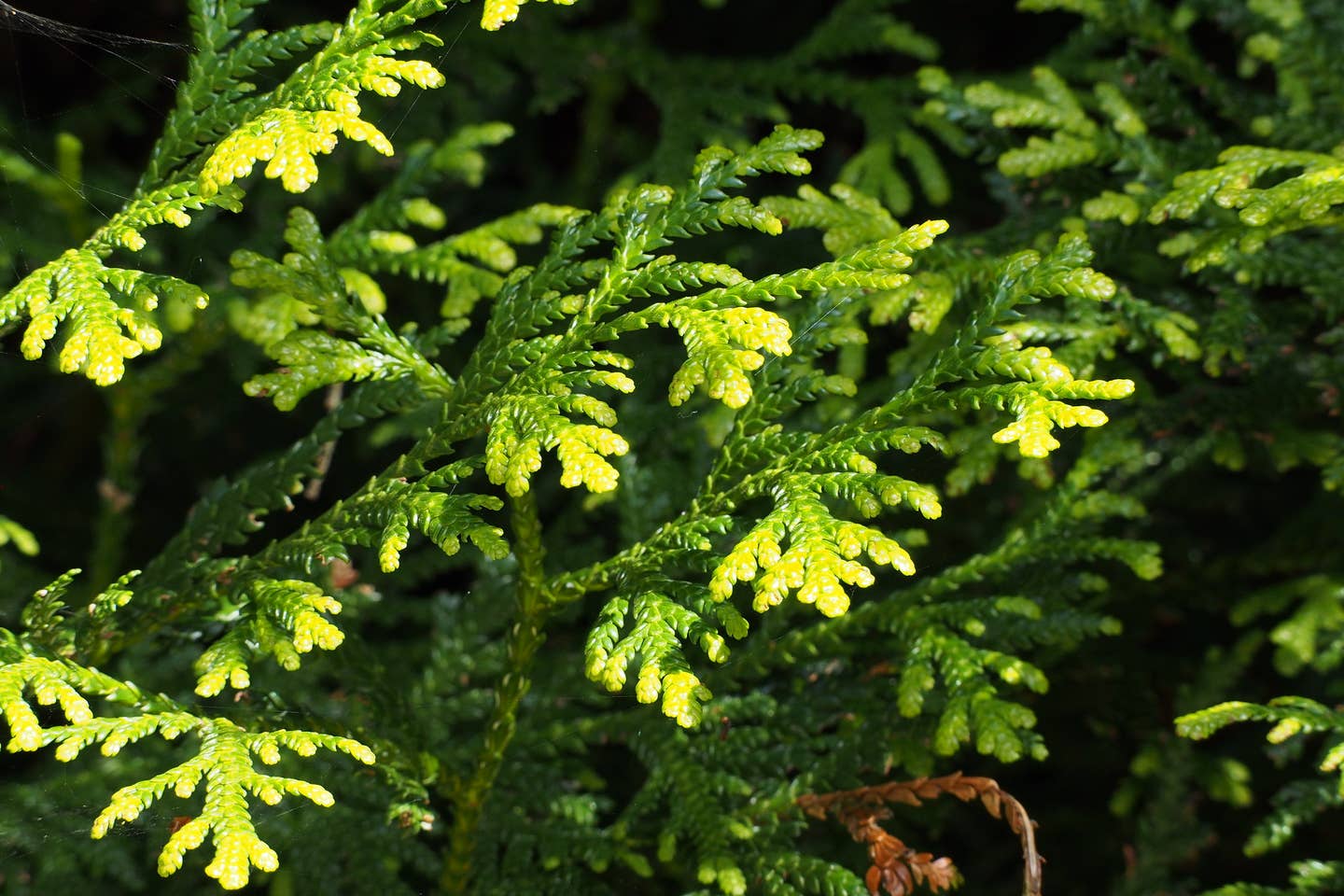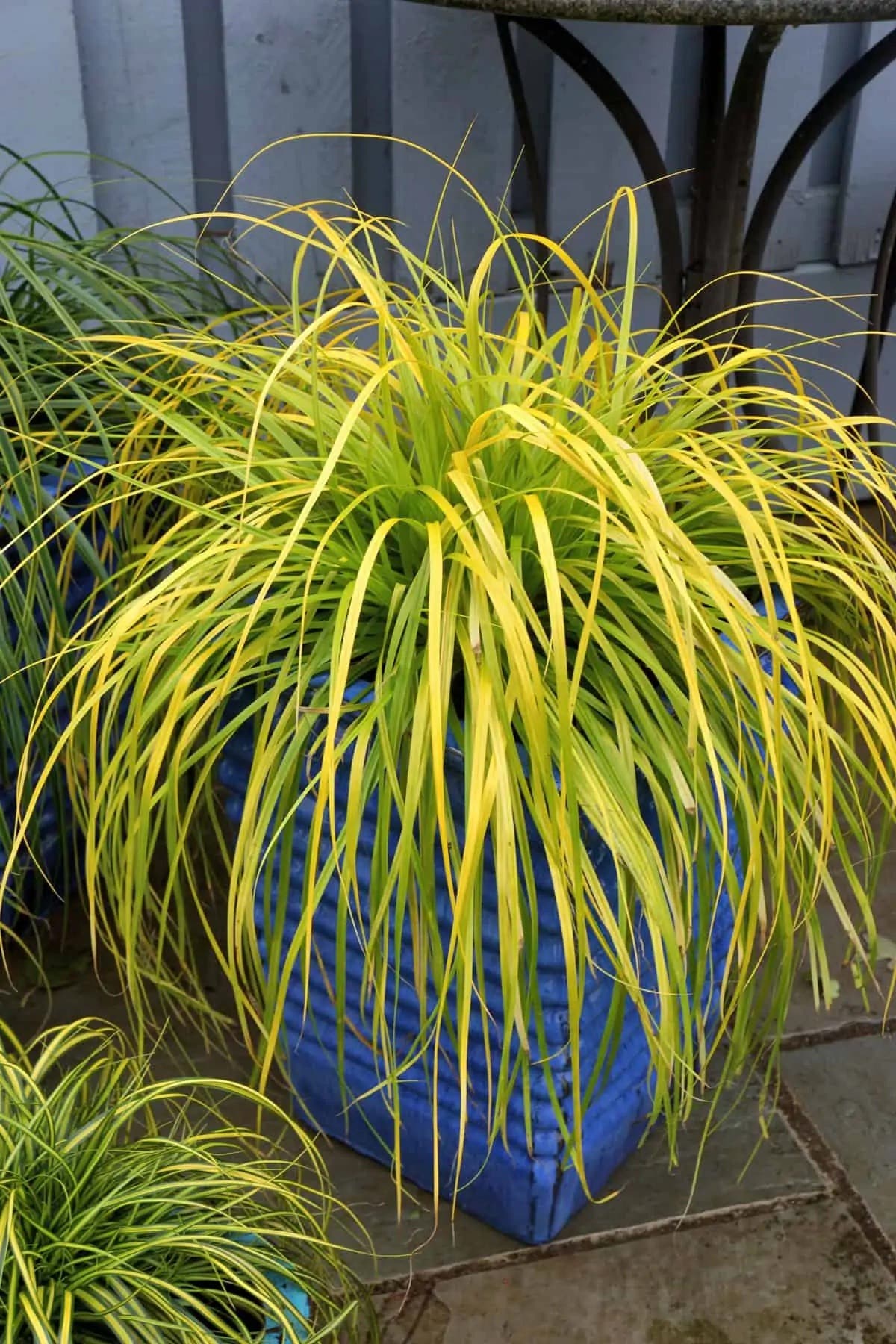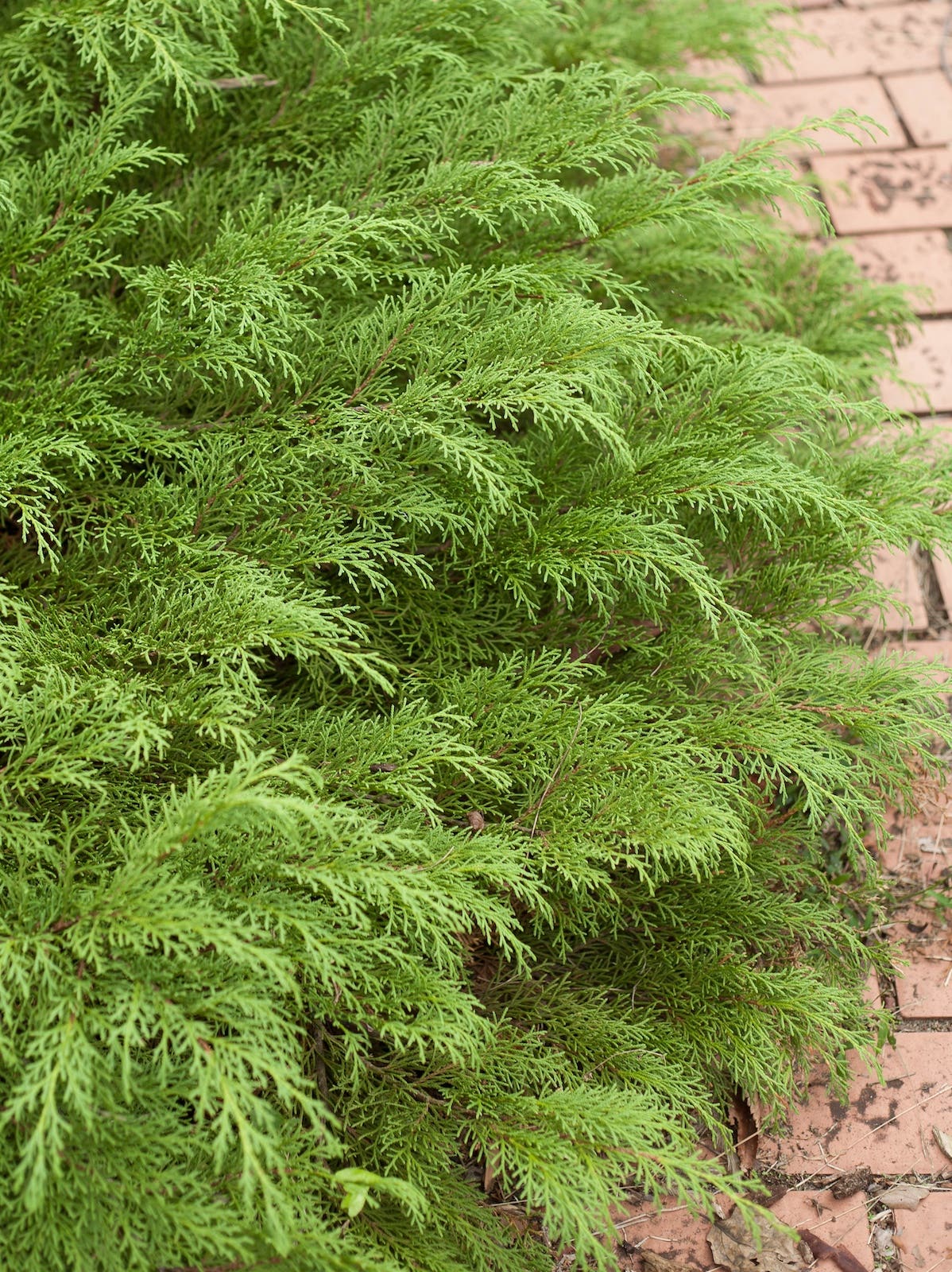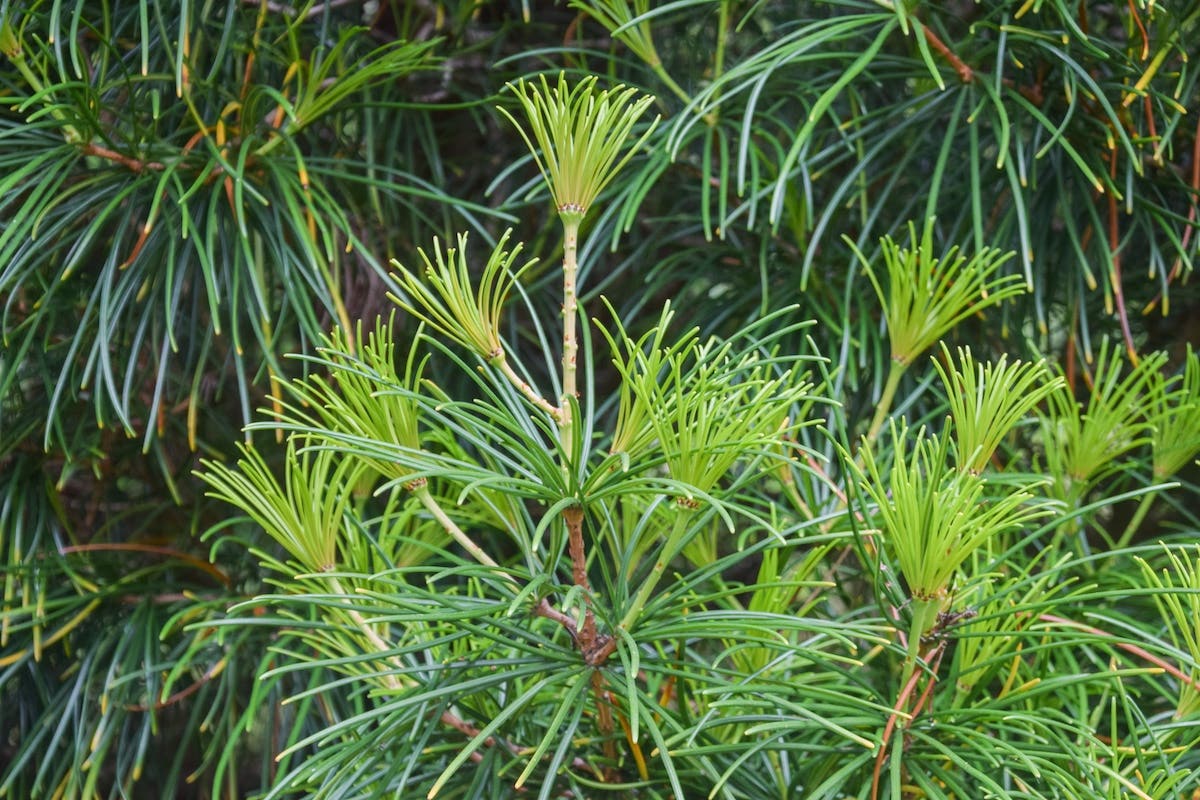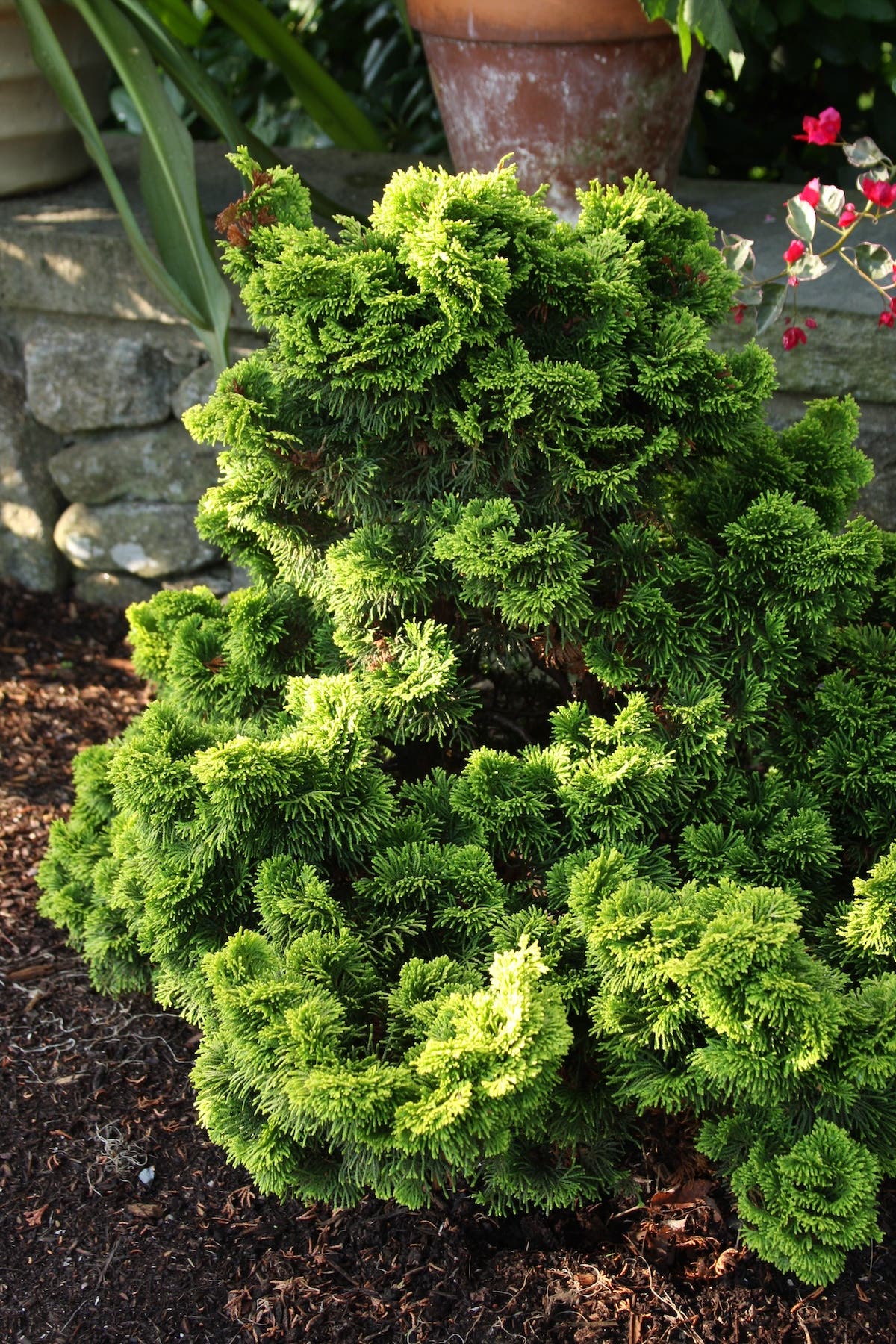Drought-tolerant Plants for Really Dry Gardens
Here are 8 great plants for arid places, plus gardening tips.
As an Amazon affiliate, we earn from qualifying purchases made through affiliate links.
Ernie and Marietta O'Byrne are nursery owners and hellebore breeders who garden outside of Eugene, Oregon, where rain can be very scarce in the summer. When the drylands portion of their expansive garden appeared in Horticulture (July/August 2011), they named the following shrubs and flowering perennials among their favorite drought-tolerant performers:
Hummingbird mint (Agastache): True to name, this perennial lures hummingbirds with foot-long spikes of deep rose-pink flowers from midsummer to frost. The O'Byrnes recommended the cultivar 'Ava', a hybrid between two species native to the southwestern United States. Sun to part shade; USDA Zones 5–10.
Parry's agave (Agave parryi): This silvery blue succulent takes dramatic focus in the garden, especially when it sends up a 12-foot flower stalk. This agave hails from the Southwest US and northern Mexico. Sun; Zones 4–10.
Desert candles (Eremurus): Marietta said these stately plants did not flourish in her perennial border, but in the dedicated dry garden they return every year to dominate the scene with their six-foot flower spikes. She recommends the cultivar 'Cleopatra' in particular. Eremurus are native to Eastern Europe and the Middle East. Sun; Zones 5–8.
Sulphur-flower buckwheat (Eriogonum umbellatum): This mat-forming buckwheat grows just three inches high. Golden flowers open from clusters of tiny reddish buds. This species comes from western North America. Sun; Zones 4–8.
Stern's hybrid hellebore (Helleborus xsternii): Tough, dramatic gray-green foliage is topped by pink or purplish flowers beginning in early spring. These long-lasting flowers are green inside. Stern's hellebore is a hybrid between two species from the Mediterranean region. Sun to light shade; Zones 6–9.
Fern-leaf peony (Paeonia tenuifolia): Ruby-red flowers bloom in spring, backed by a mass of bright green, feathery foliage. This peony species is native to Eastern Europe. Sun; Zones 5–8.
Netleaf oak (Quercus rugosa): This plant can become a 30-foot tree, but it often grows as a shorter shrub. The netleaf oak is native to Mexico, with scattered populations in Arizona, western Texas and New Mexico. Sun to part shade; Zones 7–10.
Schott's yucca (Yucca schottii): This mountain yucca presents a starburst of spiky gray-green foliage and a three-foot stalk of white flowers in summer. Marietta suggested planting it well back from pathways, because the leaves have sharp tips. This yucca comes from the US Southwest and northern Mexico. Sun to part shade; Zones 6–9.
The O'Byrnes also shared these tips for gardening in low-water climates:
1. Choose plants that originate in dry regions.
2. Low water doesn't mean no water. All plants need regular moisture until their roots are established. Some plants can then survive with very little water, but they may look raggedy. If a beautiful view is important, you may need to water occasionally.
3. Drought-tolerant plants need excellent drainage. The O'Byrnes recommended building nine-inch mounds of sharp sand topped with three inches of gravel for hosting dryland plants.
Recommended related reading:
In A Tapestry Garden, Ernie and Marietta O'Byrne tell the story of how they created their Oregon garden, which also functions as their wholesale nursery and the site of their work in breeding hellebores. The beautifully photographed book relates the plants, practices and philosophy behind the varied sections of their property.
Drought-Resistant Planting by Beth Chatto details how the famed plantswoman coped with dry, windy conditions to create her acclaimed gravel garden. (Note: This book is a reprint of Beth Chatto's Gravel Garden, but with specially commissioned photographs.)
Planting Design for Dry Gardens by Olivier Filippi provides ideas for planting combinations that will thrive together in low-water settings. The plans in this book were inspired by wild plant communities in arid places such as the Mediterranean and the United States Southwest, and it includes maintenance information as well.
Image credit: Paeonia tenuifolia By James Steakley - Own work, CC BY-SA 3.0


